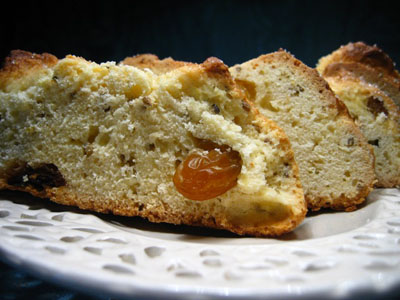
Surf’s up
At the Pontile, biting salt spray and crashing waves, walls of water, barrels and riptides: riding the giants, dreamin’ California… Forte dei Marmi’s sea like you never seen it: the best place in the world to be. In the tube.
It’s said that caution is a natural human mechanism. Caution, not cluck. And maybe this dualistic thought caution vs fear is what runs through the mind of the surfer riding the Versilia waves.
On that same sea, so safe and welcoming so perfect for kids and families, that canturn into an amazing arena of impetuous sewlls, barreling and mean; waves to catch, attack, caress and follow into whitewater. Pur collective California dream plays out in a bit of versilia’s sea near Forte dei marmi’s Pontile. An expanse of water that has become the Tyrrhenian playground for stoked foam-breathers on bords.
Everything turns on the waves, whenever, wherever: little snappers, crumbly waves, or big, glassy giants, perfect, pitching, peeling. An eternal pilgrimage in search of ideal spot, even if the best spots are right there, around the Forte Pontile and a tad downscaled at Marina di Pietrasanta. The surfer suffering from perennial abstinence thus sets off looking for a nice wave to share with some good friends. Bundled in a wetsuit in winter or reveling in skin-sea contact in a summer.
The rest, all the rest, is an explosion of utter freedom and pure passion. The kind that drives you to frenetically click all the surflines to see where the surf’s up and then “dive” down from the remotest inland sites in Versilia by scooter, Ape, car, bike, VW bus…. any means of locomotion is the right one for getting to the beach or the Pontile, board under arm, and paddling out. This is what it’s all about. Someone defined it “the innermost limits of pure fun”.
A step into liquid time. Momentum. Passion. Passion that takes you, with your board buddies to hangouts like the Nimbus Club. Or to explore the specialized shops – on the increase throughout Versilia. The same passion that, in a business key, has spawned a host of boardshops that build to order (Ola Surfboards of pietrasant, for example).
The sea is an open-air stage on wich the curtain never falls: in winter as in summer, at dawn as at the dusk of a long, long day the blue crush is a never-ending attraction.
A “fatal” attraction, while all around unpredictable and unsettling, the unceasing wind and the whipping sea foam vehemently caress the senses of the surfer on a living curl at the morning of the earth.




